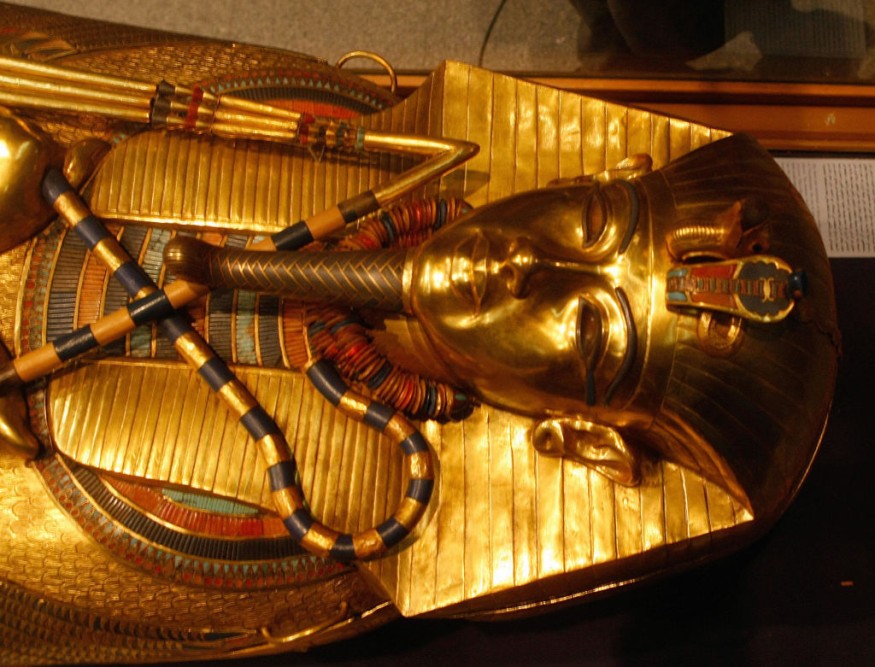
Mummies around the globe provide ideas into beliefs, practices, and cultures of their respective ancient worlds. In fact, they provide vision into continuation of life after death in some cases.
For example, the ancient Egyptians are known for these elaborate funerary rituals and beliefs of afterlife. However, it was believed that mummification or the practice of deliberately preserving bodies extends possibly 3,500 years earlier than the mummies of ancient Egypt, when over a dozen of ancient bodies were found in Portugal. They were in fact considered the world's oldest mummy.
Mummies, and the personal riches and objects entombed with them, also reveal secrets about their own worlds. These include beliefs, practices, ancient cultures, or anything these long-lost peoples found important at the time which solidifies their spirituality.
Below are some of the famous mummies LiveScience has enumerated carrying with them the secrets to their tomb.
Into the World of Famous Ancient Mummies
1. Otzi the Iceman
Otzi the Iceman, or known as the 'frozen mummy', ranks as one of the greatest archaeological finds of the 20th century. His body was discovered in the Alps in 1991, and was initially thought of as a modern mountaineer. His body was so well-preserved you could not tell he was 5,300 years old. It was when he was hastily chipped from the alpine glacier that authorities realized he was from the Copper Age.
Otzi's naturally mummified body revealed an enormous amount of information about life in Copper Age Europe. His genes show that he was a native of Central Europe and consumed ibex meat.
2. Tollund Man
Denmark's Tollund Man represents an exquisitely preserved mummy of a man from Iron Age, and may have been evidence of human sacrifice. Studies show that his last meal was barley porridge and fish and was then hanged until he suffocated. Researchers suspected that his death was part of a ritual sacrifice because Tollund Man was then laid to rest in a fetal position, "with his eyes and mouth carefully closed," according to Museum Silkeborg in Denmark.
3. King Tutankhamen
The very famous boy king, King Tutankhamen or "King Tut" was a young pharaoh who died more than 3,000 years ago at the age of 19. Unlike many other royal tombs, his has never been looted, with the pharaoh's mummy still nestled inside three coffins, including one made of solid gold, when it was opened in 1922.
Tut's glittering grave and his mummy itself captured a glimpse of the ancient Egyptian history and practices and cultural changes around the time he died. His mummy revealed he may have died due to malaria another infection, but it also revealed he had a bone disorder.
Tut's mummification was linked closely to his father's religious reforms.
Also read : Ancient Fossil from Australia Revealed to be the Only Vulture Ever Discovered in Country
4. Xin Zhui
Xin Zhui, also known as "Lady Dai", is a well-off lady who lived during the Han dynasty in China and was discovered in 1971 in an elaborate tomb sealed with clay. Her entombment was rather unique and created a nearly oxygen-free environment. Xin Zhui's coffin was filled with embalming fluid that helped maintain her corpse to be in a state of pristine preservation.
Now held by the Hunan Museum in China, Xin Zhui's mummy dates back to 168 B.C. According to an autopsy, she died at about the age of 50 from a heart attack.
5. Mummies and the Modern World
As you may already know, culture plays an integral part in society. Scientists around the world go above and beyond to study even preserved bodies from about thousands of years ago to get a glimpse of a world that has now been lost, but not forgotten.
Using modern-day technologies, scientists are able to picture what these ancient people ate, what diseases they suffered from, and what ultimately ended their lives.
Among all other famous mummies, they surely have different stories to tell, unique of their own, they carried with them forever in their entombed grave.
Related article : Collapse of the Ancient Maya Blamed on Drought and Shifts in Climate
© 2025 NatureWorldNews.com All rights reserved. Do not reproduce without permission.





